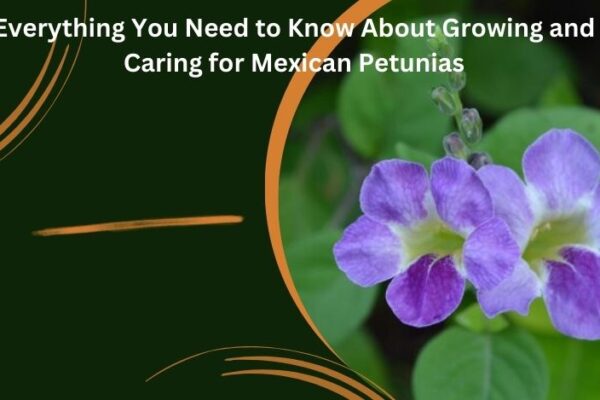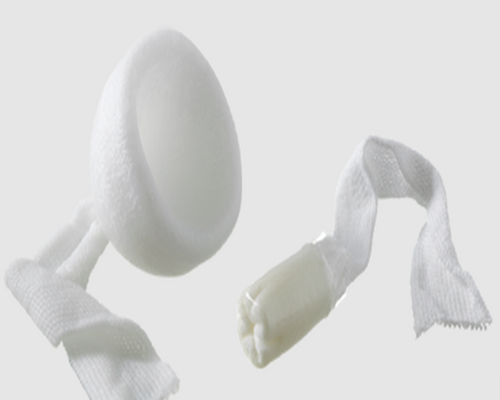
Everything You Need to Know About Growing and Caring for Mexican Petunias
Mexican petunias, scientifically known as Ruellia simplex, are charming perennial plants that are gaining popularity among gardeners for their vibrant blooms and lush foliage. Known for their resilience and ability to thrive in various conditions, these beauties can transform any garden into a colorful oasis. In this comprehensive guide, we’ll explore everything you need to…













